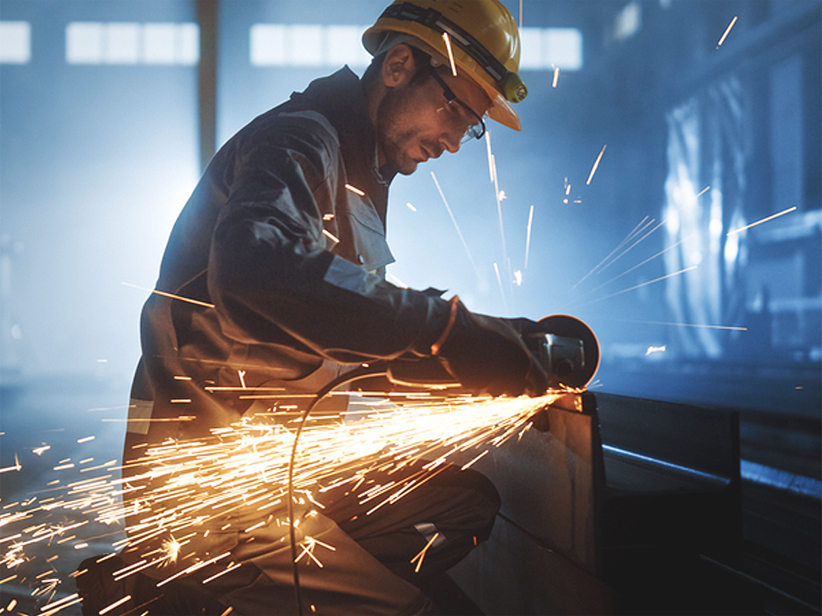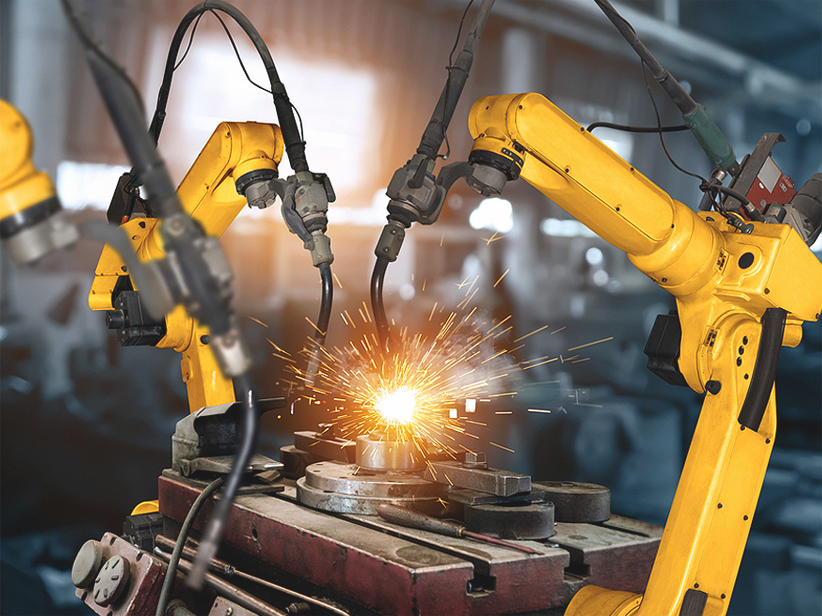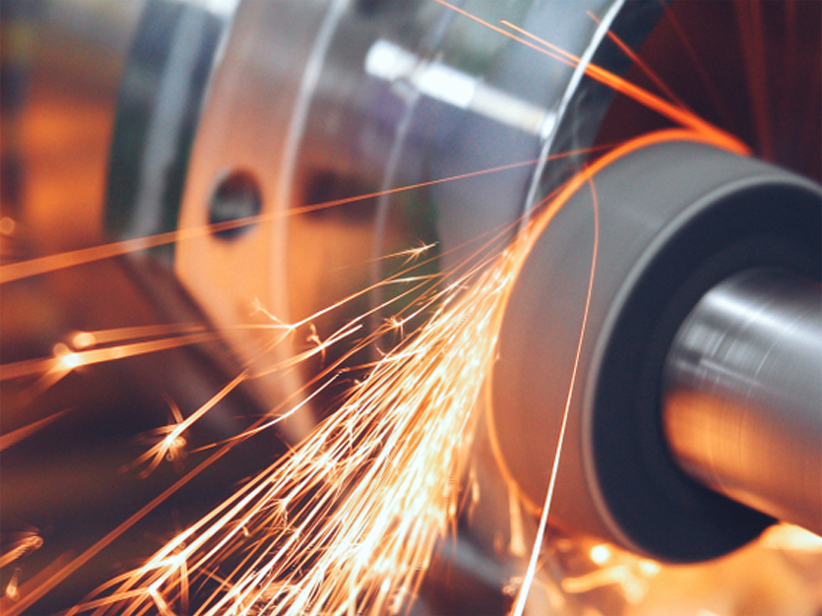What is the role of steel in aircraft?
A good grasp of technical knowledge encompassing mechanical properties, chemical composition, and corrosion resistance of the material is crucial to design and fabricate any critical equipment such as those used in aircraft industry. As any deviation in design parameters can lead to catastrophic losses of human lives and equipment, proper selection of material is nothing but an essentiality. Some of the design properties that are considered crucial for aircraft industry are
- Hardness
- Ductility
- Elasticity
- Malleability
- Strength
- Density
- Weldability
- Conductivity
- Thermal expansion
- Toughness
- Brittleness
Considering the unique needs of aircraft industry, stainless steel manufacturers in India and other parts of the world in conjunction with Society of Automotive Engineers (SAE) and American Iron and Steel Institute (AISI) have identified chemical composition of stainless steel that can withstand the rigid demand of service.
Steels having carbon percentage of 0.1% to 0.3% are employed by aircraft industry for safety wires, fasteners, bushings for cables, pipe clamps and threaded solid tie rods.
Having a carbon content of 0.3% to 0.5%, this type of steel is highly suitable for machining connecting rods and light forgings with sufficient surface hardness.
Thanks to the high carbon content of 0.5% to 1.05%, this type of steel enjoys very high hardness after heat treatment. But it has very less application in aircraft industry, except for flat and coil springs.
As nickel steels present an excellent opportunity to achieve high hardness without much effect on ductility, they are widely used as fasteners, pins, and keys.
Many times, heat treated forgings with ultra high strength and toughness superior than carbon steel is necessary for ball bearings in aircraft, and what can be a better choice other than chromium steels? It fits the bill perfectly!
With strong anticorrosion properties even in aggressive process conditions, SS makes a strong candidate for many applications in aircraft industry. Also with excellent workability, it can be rolled, drawn, formed, or bent to any shape using proper tools.
- Fuel tanks and cabin components: With high suitability for mild environments of chlorine percentage less 200 ppm, SS 304 and SS 316 are the perfect solutions. Remember it is possible to withstand very high temperature using the derivatives of these highly popular stainless steel variants.
- Exhaust components and high temperature engine parts: As high temperature service and oxidation prevention requirement propels the need for variants other than SS 304 and 316, the steel industry presented the variants ASTM S30415, ASTM S30815, AISI 309, and 310 that can withstand up to 1150oC.
As these types of steel have very high UTS without compromising wear resistances, they have replaced carbon steel for welded structural parts, components and assemblies.
Well, the list goes on and on. The bottom line is that the contribution of steel in industries, particularly the aircraft industry, is beyond match and highly irreplaceable. Being a reputed steel manufacturer in India, we are glad to be of service to aircraft industry and be part of success story.







